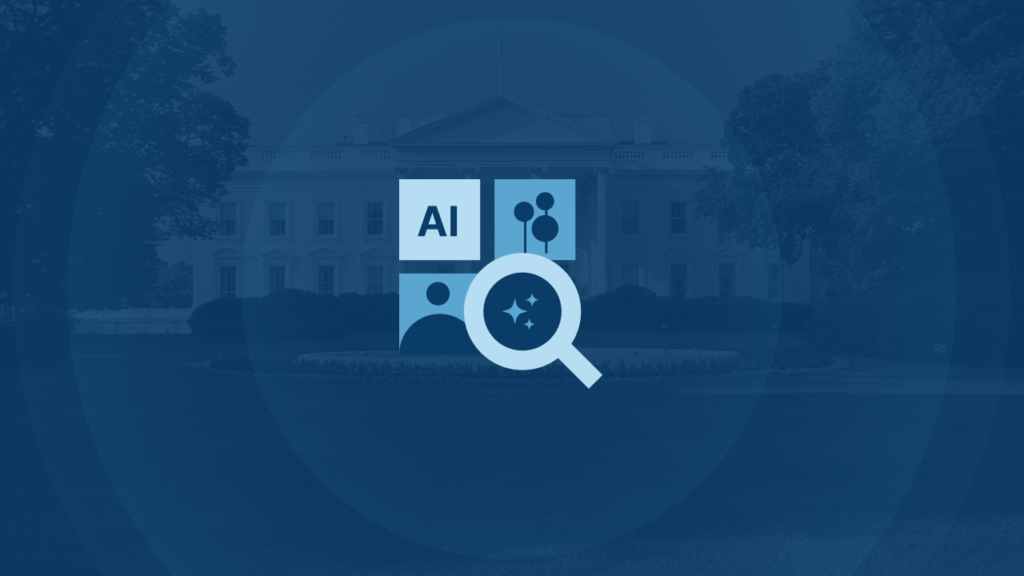
On October 31, 2023, the white house took a step toward shaping the future of artificial intelligence (AI) in the United States with an Executive Order focusing on the technology’s development and governance. This move was now complemented on March 28, 2024, by a directive from the Office of Management and Budget (OMB), further underlining the government’s commitment to ensuring AI is used safely and ethically.
Here are the consolidated efforts to regulate AI:
Establishing AI Safety and Security Standards:
- AI developers are required to disclose safety test results.
- The creation of comprehensive safety and security standards.
- Sector-specific protection against AI risks, including biological, financial, and cybersecurity threats.
Upholding Privacy:
- A push for privacy-first research and technologies.
- Agencies to review the collection and application of commercial data.
- Formulation of guidelines to gauge the effectiveness of privacy measures.
Promoting Equity and Protecting Civil Rights:
- Steps to prevent AI from deepening discrimination.
- A focus on AI’s fair use within the criminal justice system.
Consumer, Patient, and Student Advocacy:
- Encouragement of AI’s ethical application in healthcare and education sectors.
Workforce Protection:
- Development of best practices for AI in the workplace to safeguard employees.
Encouraging Innovation and Competition:
- Support for AI research and maintaining a competitive environment.
- Expansion of opportunities for skilled immigration in AI sectors.
Enhancing Global Leadership:
International collaboration to create shared AI frameworks and standards.
Responsible Government Use of AI:
- Guidelines issued for federal agencies’ use of AI.
- Streamlined AI procurement and emphasis on workforce training.
In addition to these actions, the OMB has mandated federal agencies to verify their AI systems are not causing public harm. By the end of the year, they are expected to establish robust safeguards covering a broad spectrum of AI applications, from facial recognition at airports to algorithms used in public utility management and financial services.
Furthermore, agencies are directed to form AI governance boards and submit annual reports documenting the AI tools they utilize, the potential risks associated with them, and their risk mitigation strategies. These reports will be made public, ensuring transparency and accountability in the government’s use of AI.
For more information on how these regulations may affect your sector and how to stay ahead of AI governance, contact our team for updates.
